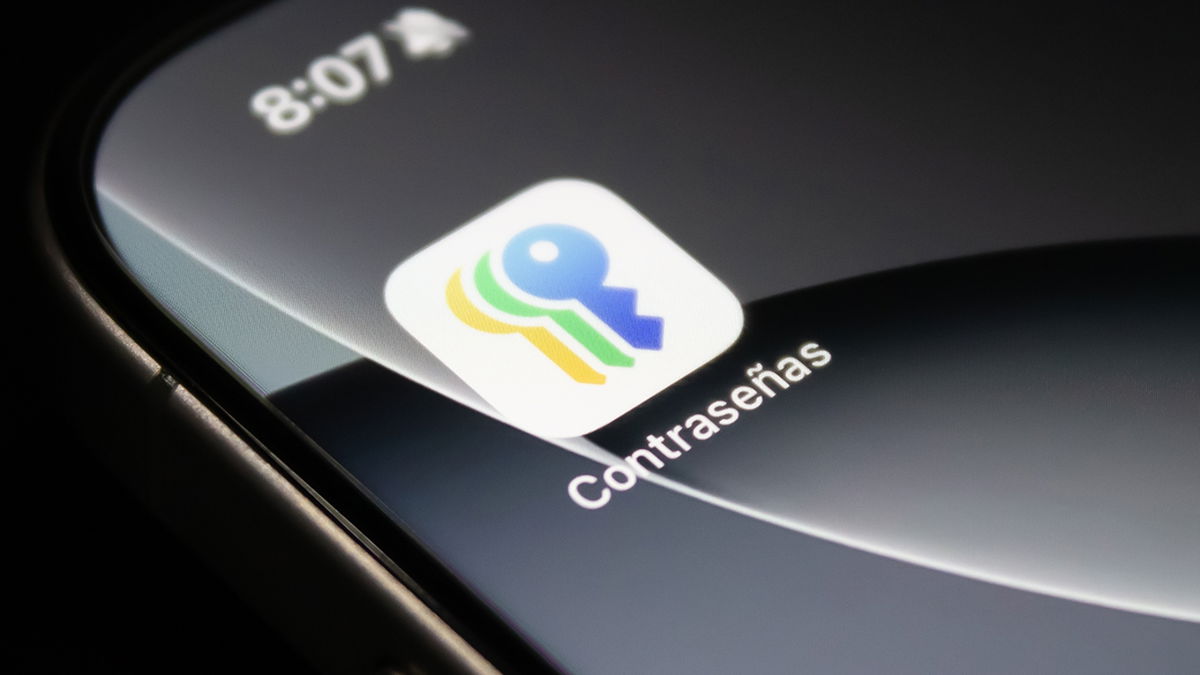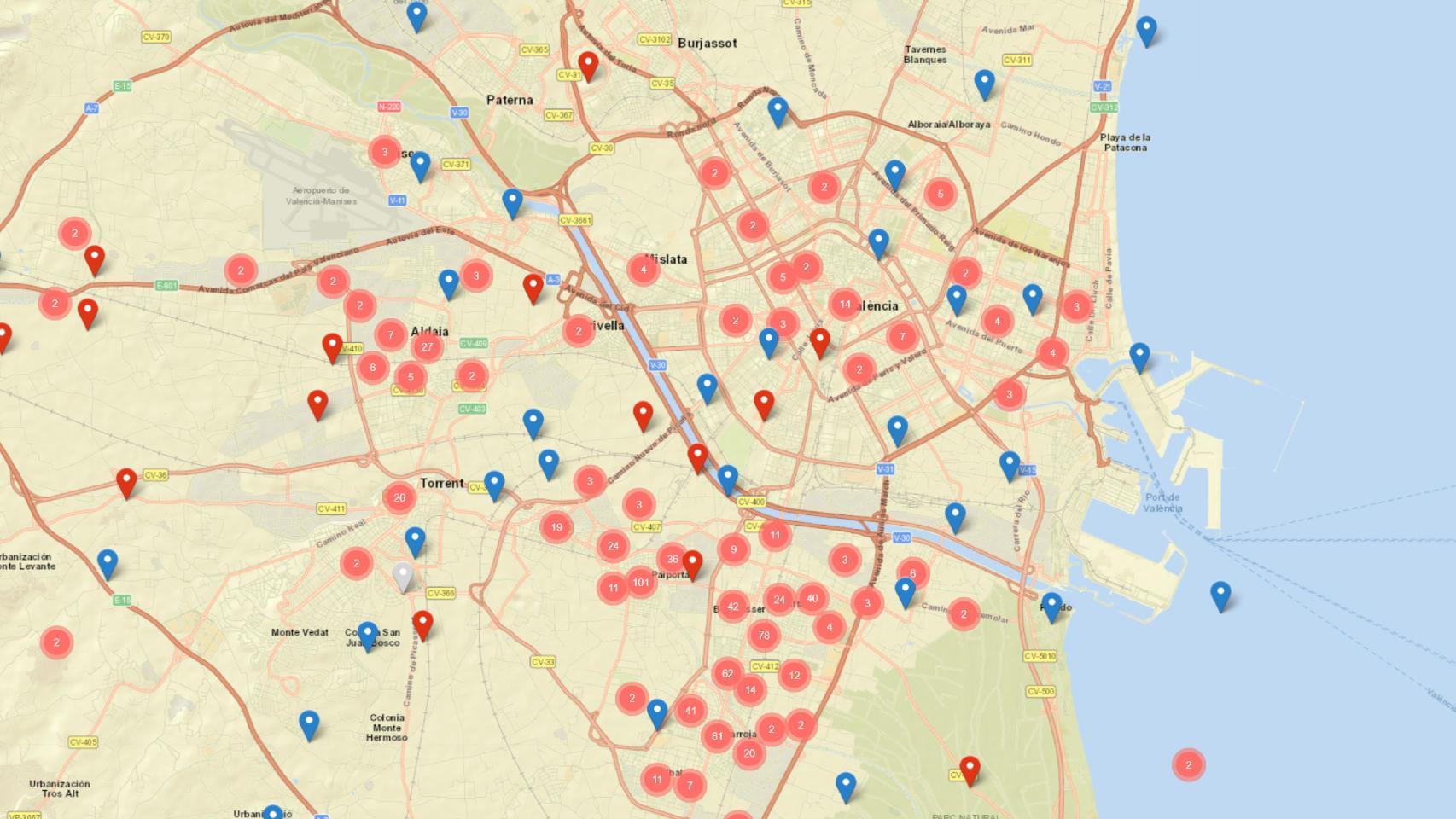True: For most Apple fans, Macs are the best computers on the market in part thanks to macOS. But that doesn’t mean that there are those who need to use Windows every now and then, or even those who prefer it to the Apple system.
Thanks to virtualization programs, in addition to Apple’s Boot Camp, you can run Microsoft’s operating system on Macs with an Intel chip without any problem. You can read our tutorial on installing Windows on Mac for more information.
In this article, we’re going to explore the different options available to you to run Windows 10 on a Mac without spending a dime.
As you know, Microsoft has already announced the next version, Windows 11, so you might be interested to know if it will be possible to run Windows 11 for free on a Mac.
Is your Mac compatible with Windows 10?
It is not a trivial question. While most Macs with Intel processors can run Windows 10, Macs that use Apple’s new M1 chips can only run the ARM version of Windows.
The new version of Parallels 16.5 arriving in April 2021 theoretically allows Windows to run on a Mac with M1, but it’s not easy to get a copy of the ARM version of Windows.
And, since most Windows programs won’t work on it, we recommend that you wait a little longer. You might be interested in reading Windows 10 on Mac with M1: all you can and can’t do
Here is the official list of Macs that can run Windows 10:
- MacBook (2015 or later)
- MacBook Air (2012 or later)
- MacBook Pro (2012 or later)
- Mac mini (2012 or later)
- iMac (2012 or later)
- iMac Pro (all models)
- Mac Pro (2013 or later)
As we said before, a new version of Windows 11 is on the way. The ability to run Windows 11 on a Mac won’t depend solely on an Intel processor.
You’ll also need a special TPM security chip, which Macs don’t have. Virtualization software may find a way around this requirement in the future, but we don’t think Windows 11 is coming to the Mac just yet.
Will Windows be able to run on M1 Macs?
The Mac with M1 only supports the ARM version of Windows due to the architecture. There is an ARM version of Windows that can be run on M1 Macs using Parallels.
However, this is not a version you can buy – you can download it for free if you sign up for the Microsoft Insider program.
But even so, there are other complications, as Windows apps still cannot run natively on ARM and only some work using a program that translates them (similar to Rosetta).
That said, CrossOver (which lets you run Windows apps on a Mac without using Windows) has already brought several Windows apps to the M1 Macs.
Another alternative is to emulate Windows x86 on a Mac with M1 with an open source emulator and the Qemu virtualizer, although you will find that the performance leaves something to be desired.
Microsoft continues to develop an ARM compatible version, so this situation is likely to change in the future. And when it does, I hope it does with positive results, as Windows on ARM seems to run faster on a Mac running M1 than it does on a Surface Pro X.
It looks like there will be an ARM version of Windows 11, but it’s unclear whether it will be able to run on Macs with the M1 chip, as it’s conceivable that a TPM security chip will be required as well.
Windows on a Mac: the best free options
The easiest way to use Windows on a Mac is definitely to use a virtual machine. This kind of Software lets you run Windows, Linux, and earlier versions of macOS in a single app, eliminating the need to restart your Mac to switch operating systems.
So as long as you have a Mac without M1 with at least macOS 10.15 (Catalina) installed, you can use the excellent VMware Fusion Player for free. This is for non-commercial use, so you will need to pay for VMware Fusion 12 or higher if you want to use the app professionally.
Another option is to bet on the Software VirtualBox. It’s also free and powerful, but it can be a bit intimidating at first if you’re not used to running a virtual machine.
An alternative is not to run Windows, but to use CrossOver. is Software allows you to run Windows applications without the need for Windows. You’ll save yourself the trouble of installing Windows, but CrossOver isn’t free ($ 39.95).
How to get Windows 10 for free
Obviously you will also need a copy of Windows 10. This is a bit tricky, because Windows is not a Software free. Buying a copy directly from Microsoft costs 145 $ for the Home version and 259 $ for the Pro version. But there is a solution.
If you don’t mind getting a few notifications or not being able to change some settings, you can download a copy of Windows 10 for free from Microsoft. Follow the steps below:
1. Go to the Windows 10 disk image download page (ISO file) and select the version of Windows you want to use. We recommend the 64-bit Home Pack, but verify that it is compatible with your system.
2. Now comes the important part: when installing Windows (either through a virtual machine or Boot Camp), click on the ‘I don’t have a product key’ option when you reach the ‘Activate Windows’ section during Windows 10 installation.

3. You should now be able to finish installing Windows 10 without any issues and continue using Software free.
Microsoft could change that at any time, but at the time of writing, it is possible.

.
Table of Contents








